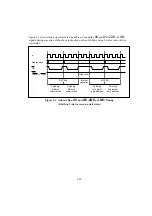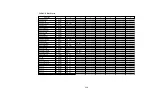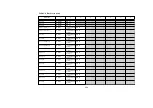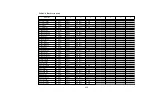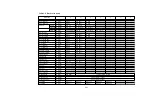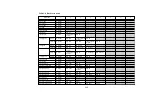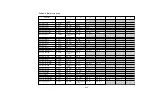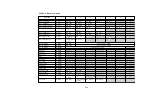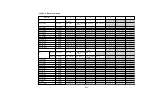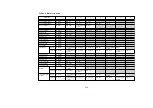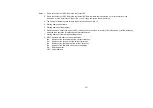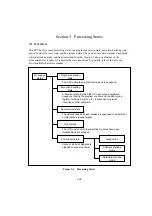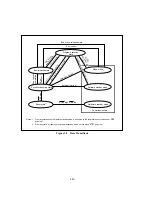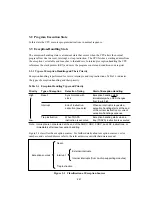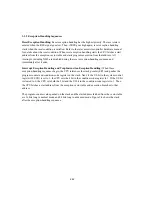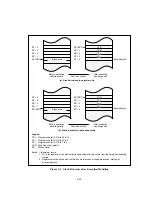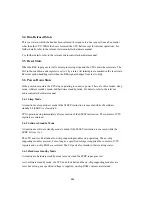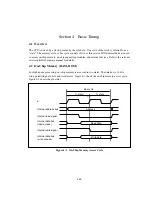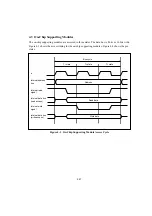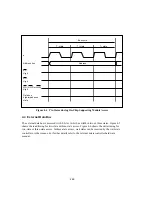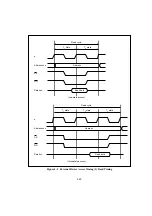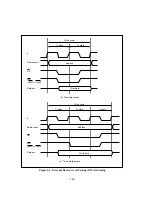
3.3.2 Exception-Handling Sequences
Reset Exception Handling: Reset exception handling has the highest priority. The reset state is
entered when the RES signal goes low. Then, if RES goes high again, reset exception handling
starts when the reset condition is satisfied. Refer to the relevant microcontroller hardware manual
for details about the reset condition. When reset exception handling starts the CPU fetches a start
address from the exception vector table and starts program execution from that address. All
interrupts, including NMI, are disabled during the reset exception-handling sequence and
immediately after it ends.
Interrupt Exception Handling and Trap Instruction Exception Handling: When these
exception-handling sequences begin, the CPU references the stack pointer (ER7) and pushes the
program counter and condition-code register on the stack. Next, if the UE bit in the system control
register (SYSCR) is set to 1, the CPU sets the I bit in the condition-code register to 1. If the UE bit
is cleared to 0, the CPU sets both the I bit and the UI bit in the condition-code register to 1. Then
the CPU fetches a start address from the exception vector table and execution branches to that
address.
The program-counter value pushed on the stack and the start address fetched from the vector table
are 16 bits long in normal mode and 24 bits long in advanced mode. Figure 3-4 shows the stack
after the exception-handling sequence.
242

